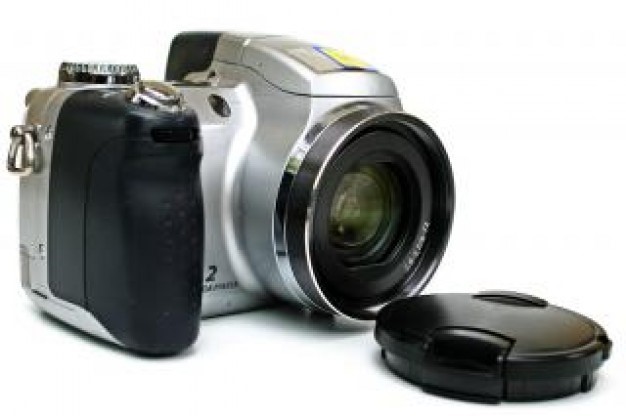Top 4 Point-and-shoot Camera Features You Must Look For

Photography is fun, a profession as well as passion. People shoot to meet their creative satisfaction, for making money and sometimes, just to capture the moments that are worth keeping in memory forever. While professional photography involves a lot of manual adjusting and focusing, the shooting done just for fun is supposed to be a focus-and-click affair. Serving the latter purpose is the sole function of point-and-shoot cameras, also popularly known as P & S cameras.
The lens of a camera captures the light from the subject and brings it to a focus on the sensor. The design and manufacture of the lens is critical to the quality of the photograph being taken. The technological revolution in camera design in revolutionized optical glass manufacture and lens design with great benefits for modern lens manufacture in a wide range of optical instruments from reading glasses to microscopes.
Camera lenses are made in a wide range of focal lengths. They range from extreme wide angle, and standard, medium telephoto. Each lens is best suited to a certain type of photography. The extreme wide angle may be preferred for architecture because it has the capacity to capture a wide view of a building. The normal lens, because it often has a wide aperture, is often used for street and documentary photography. The telephoto lens is useful for sports and wildlife but it is more susceptible to camera shake.
Online information sources like superstore4less reviews suggest that following features must be there is a point-and-shoot camera.
The idea of photography for an amateur is just to select the portion of a landscape, or an event or scenery, and etc. and capture it with correct focus. It is found that a 28 mm focal length lens is ideal for taking pictures that involve wider angles. On the other hand, if the photographer is into clicking portraits, capturing facial expressions, etc.; means those things that require close focus, then larger focal length lens is of great utility.
This is the most relevant specification one must pay attention to while selecting a camera. Optical zoom pushes the lens farther from the sensor and thus, helps click pictures that are clearer and sharper. This zoom maintains the neutrality of the quality of picture.
Photographer needs camera that can nullify the effect of vibration of hands while taking pictures when camera is hand-held. There is the reason why professionals use tripods and that reason lies in image stabilization. Therefore, go for that camera which offers image stabilization, but should not affect the resolution of image.
The sensor determines how much light the camera allows to enter. Though megapixels remain the deciding criteria to determine the quality of camera, but the fact is all the cameras are with sufficient mega pixels. So, the next important thing is large sensor.
Online reviews store like superstore4less give complete information about the major determinants of a camera. The buyer must take the above points in consideration while selecting the camera that produces classy images.
